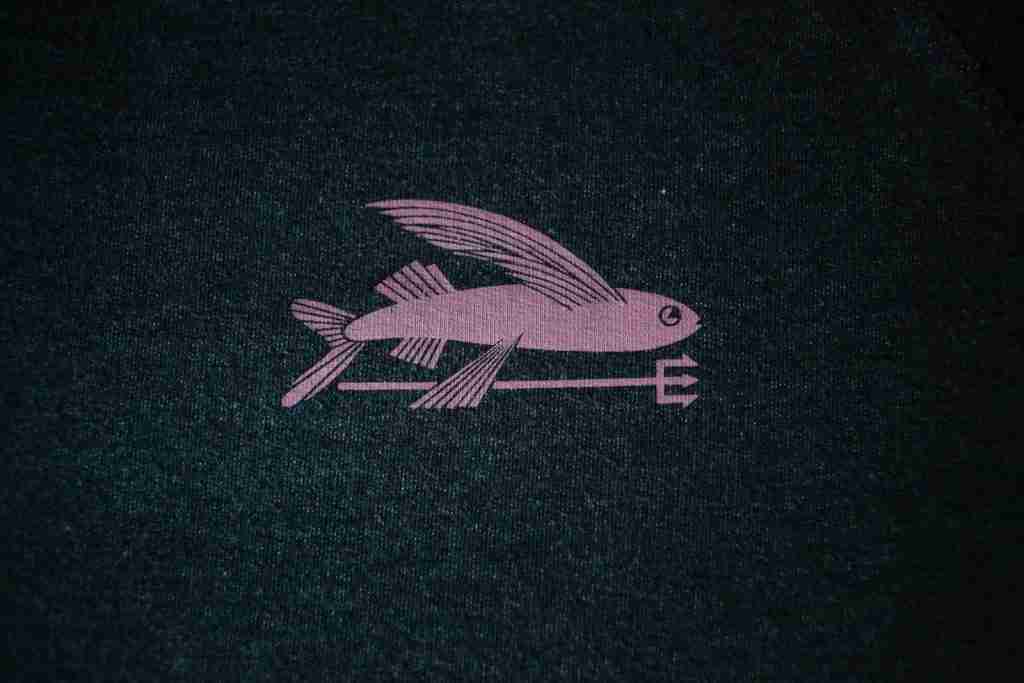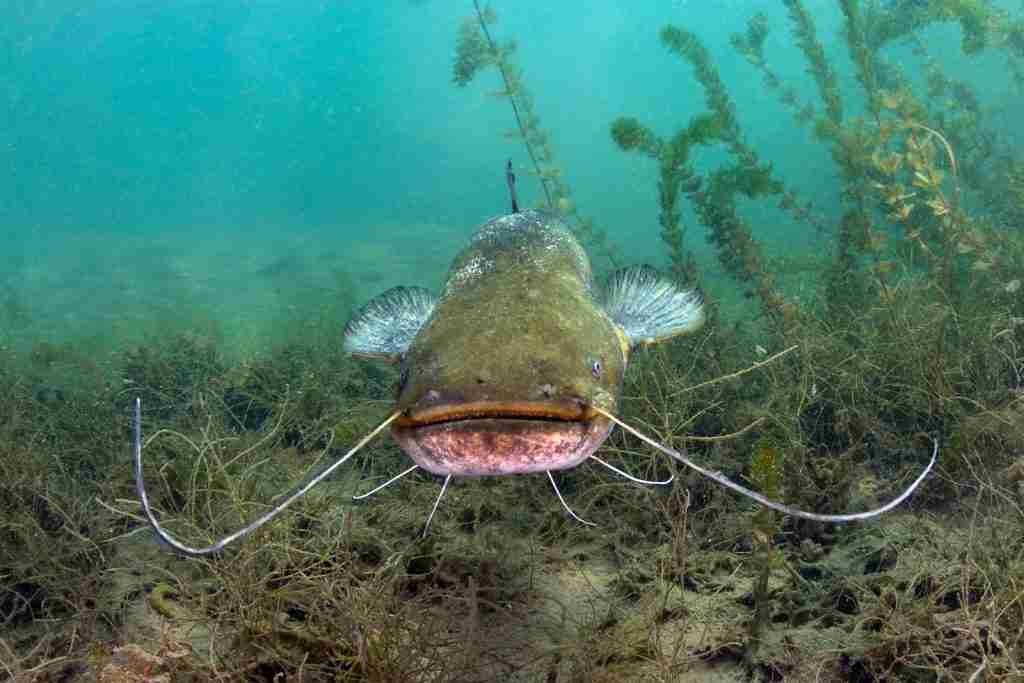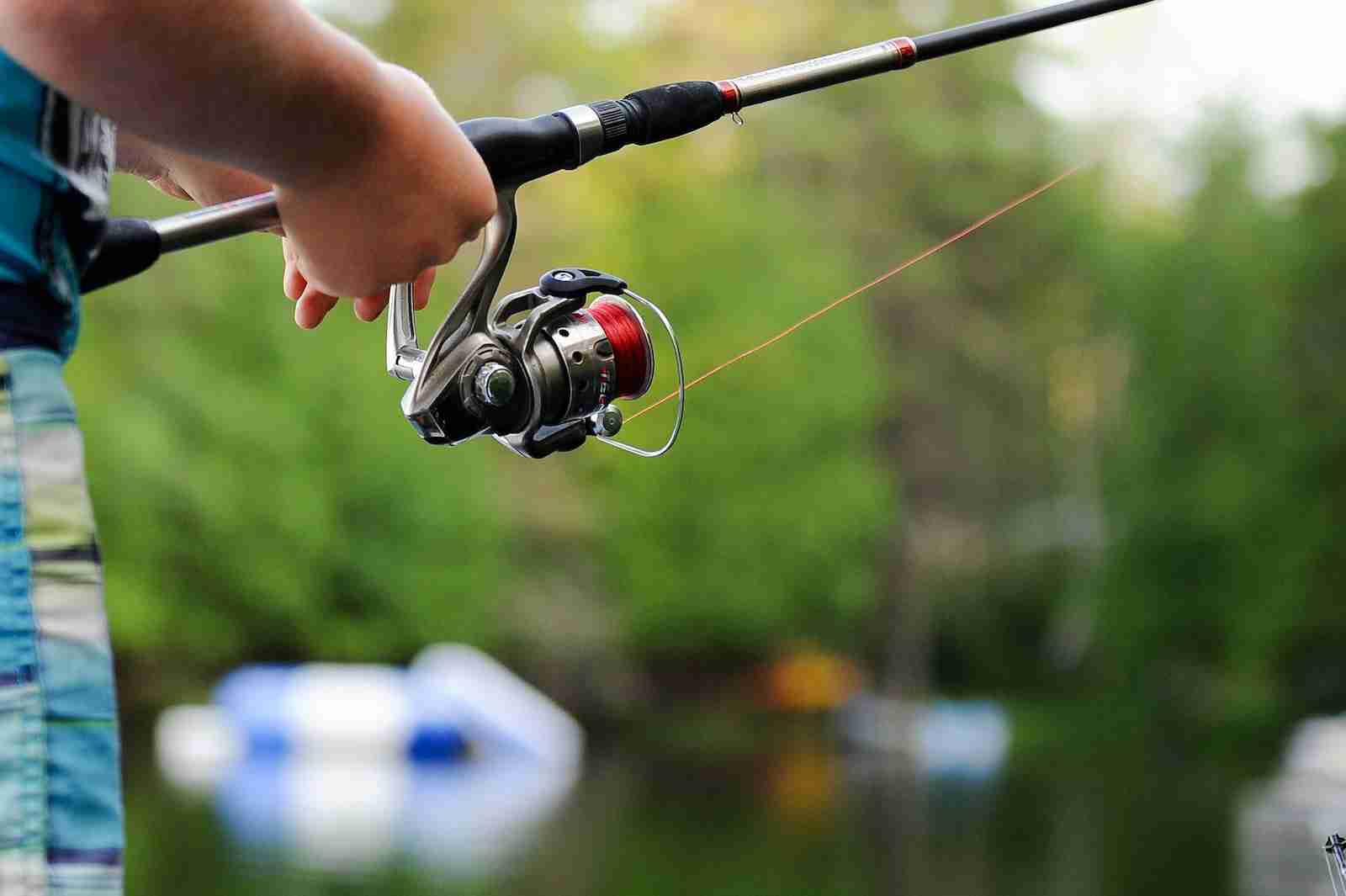23 Fun Facts About Fishing: The $1 Million Lure Revealed
1. The art of fishing dates back about 40,000 years.
Fishing, a practice as ancient as human civilization itself, can be traced back approximately 40,000 years in our history. Imagine our distant ancestors patiently waiting by the water’s edge, crafting rudimentary tools to catch their aquatic meals.
This enduring art of fishing has connected generations, providing sustenance and leisure alike.
2. Recreational fishing have originated in Egypt around 2000 BCE.
Recreational fishing, a special pastime, traces its roots to ancient Egypt, approximately 2000 BCE.
Egyptians, beside the Nile, cast lines into the waters for both sustenance and leisure, setting the stage for a global hobby.
3. Noodling is a fishing technique where people catch catfish with their bare hands.
Noodling, a uniquely daring fishing technique, challenges anglers to capture catfish using only their bare hands. Have you ever wondered about the thrill of plunging into murky waters, feeling for hidden catfish lairs, and emerging victorious in this exhilarating aquatic pursuit?
4. The world record for the most fish caught in 24 hours by a single person is 2,649 fish.

Jeff Kolodzinki made angling history by spending 24 relentless hours on a Minnesota pond’s dock, aiming to break the Guinness World Record for the Most Fish Caught in a Day.
Armed with a basic 10-foot pole and minimal gear, he managed an astonishing 2,649 fish captures, securing his place in fishing lore.
5. The longest-ever caught fish is a whale shark, netted in 1919, measuring 12.65 meters.
In 1919, a monumental discovery unfolded in the world of marine life a colossal whale shark, measuring a staggering 12.65 meters in length and weight 21.5 tons, was captured.
This awe-inspiring encounter with such a magnificent specimen serves as a timeless testament to the sheer grandeur that resides beneath the surface of our planet’s oceans.
6. The first fishing reel was invented in China around 1195 AD.
Around 1195 AD, in ancient China, the fishing world witnessed a pivotal moment—the birth of the very first fishing reel. This ingenious invention reshaped the art of angling, altering the way fishermen cast and retrieved their lines.
This historic development laid the foundation for the modern fishing reels that continue to be a fundamental part of fishing gear today.
7. Spearfishing is one of the oldest forms of fishing.
Spearfishing, an ancient technique dating back to our distant ancestors, remains a cherished and practiced form of fishing to this day.
This method, which involves hunting fish underwater using a spear, connects us to our primal fishing roots.
8. Some ancient cultures used birds to catch fish.

Cormorant fishing is a time-honored fishing technique in which fishermen use highly trained cormorants to help them catch fish in river waters. This centuries-old technique has origins not just in China and Japan, but also in Greece and North Macedonia.
It was interesting to see that it temporarily made its way to England and France, showing the enduring and ingenious methods our forefathers attempted to gather fish from rivers through the teaming efforts of humans and these skillful birds.
9. Fly fishing uses artificial flies as lures and dates back to Roman times.
Fly fishing, a venerable angling technique with its roots dating back to Roman times, distinguishes itself by employing artificial flies as lures.
This timeless method captures the essence of a delicate and precise art form that has been passed down through generations of passionate fishermen.
10. Fishing contributes more than $125 billion to the US economy annually.
Fishing plays a big part in the world’s money matters. It adds more than $125 billion to the US economy each year. That’s a lot of money.
This shows how many people rely on fishing for their jobs and businesses all around the world.
11. Electrofishing is a survey method used by scientists, stunning fish temporarily to count local populations.
Electrofishing is a way scientists count fish in certain places. They use electricity to stun the fish. Don’t worry; it doesn’t hurt them for long.
The fish just get stunned for a little while, so scientists can count how many are there. This helps keep track of fish numbers and makes sure there are enough left for the future.
12. The Japanese art of Gyotaku involves making prints of fish using ink and paper or fabric.

In Japan, there’s a cool art called Gyotaku. People make fish prints with ink on paper or fabric. It’s a way to save the beauty and shape of a fish, kind of like a fish portrait.
This traditional art lets people share and remember their catch in a pretty and lasting way.
13. Over 38 million people in the U.S. enjoy freshwater fishing annually.
A lot of people in the U.S. really like freshwater fishing. Every year, over 38 million folks head to lakes and rivers with their fishing gear.
It’s not just about catching fish; it’s about enjoying nature, spending time with friends and family, and having fun outdoors too.
14. Fishing line strength is measured in terms of pound test.
When it comes to fishing, having a strong line is important. The strength of a fishing line is measured in something called the pound test. It tells you how much weight the line can hold before it breaks. So, a higher pound test means a stronger line.
This way, you can choose the right line for the fish you’re hoping to catch.
15. The world’s most expensive fishing lure cost $1 million, which is one of the fun facts about Fishing.
Can you believe there’s a fishing lure that costs $1 million? It’s true. It’s the world’s most expensive fishing lure.
Made with three pounds of gold and platinum and adorned with 100 carats of diamonds and rubies, it’s a real luxury. It’s more like a piece of jewelry than a regular fishing tool!
16. Night fishing is practiced using submerged lights to attract fish.
Night fishing is a special way to fish. People use lights under the water to attract fish. The lights make the fish curious, and they swim towards them.
This makes it easier for people to catch fish, even in the dark. It’s a neat trick that helps in catching a good amount of fish at night.
17. There are more than 30,000 species of fish that people can catch.
There are so many fish in the world, more than 30,000 species. This makes fishing a unique adventure each time because you never know what kind of fish you might catch.
Different places have different types of fish, giving everyone a chance to catch something exciting and new.
18. Tenkara is a simple Japanese fishing style using a rod, line, and fly, without a reel.
Tenkara is a Japanese way of fishing that’s really simple. You just need a rod, line, and fly. There’s no reel involved.
This method is all about the basics, making it easy for anyone to try. It’s a peaceful and straightforward way to enjoy fishing, keeping things easy and fun.
19. Fishing can have therapeutic mental and physical health benefits.
Fishing is not just a way to catch food or have fun; it’s also good for your health. It helps people feel calm and happy, which is good for the mind.
Being out in nature and moving around is good for the body too. It’s a peaceful activity that helps people feel better both inside and out.
20. The stinkiest fish bait, called stink bait or stinkballs, is used to attract catfish.

To catch catfish, some folks use what’s called stink bait or stinkballs. Yes, it smells really bad! But catfish like this smell, and it helps to attract them to the fishing hook.
Even if it’s smelly, using stink bait can be a smart way to catch more catfish easily.
21. Alaskan king crab fishermen have one of the world’s most dangerous jobs.
Catching Alaskan king crabs is not for the faint of heart. It’s one of the most dangerous jobs in the world. The icy waters and cold weather make it really risky.
But, brave fishermen take on this challenge to catch these big, tasty crabs that many people love to eat.
22. Fish aggregating devices attract fish, making them easier to catch in large numbers.
Fish aggregating devices are used to attract a lot of fish to one place. They make fish think they have found a safe or good place to be.
This tool helps fishermen catch more fish at one time, making their work easier and more successful. It’s a smart way to bring in a big catch.
23. Fishing spiders can walk on water to catch small fish and insects.
Fishing spiders are amazing creatures that can walk on water. They use this skill to catch small fish and insects for food. They wait quietly on the water’s surface and pounce quickly when they spot prey.
These spiders don’t need a fishing rod or bait to catch their dinner – they are nature’s own little anglers, making a living on the water.
FAQs
No, fishing spiders are not harmful to humans. They might bite if they feel threatened, but their venom is not strong enough to be dangerous.
Fishing is good because it helps people relax and spend time outdoors. It can improve mental and physical health by reducing stress and increasing physical activity. Additionally, it allows people to connect with nature and enjoy the environment.
Fish bait can contain various ingredients, including small pieces of fish, worms, or artificial scents and flavors that fish like. The type of bait used depends on the kind of fish one is trying to catch.
Bright colors, movement, and certain scents can attract fish the most. Bait that looks and smells like fish’s natural food can effectively attract them.
Fish mostly eat smaller fish, insects, and plankton. Some also eat plants. The exact diet depends on the species and the environment they live in.







